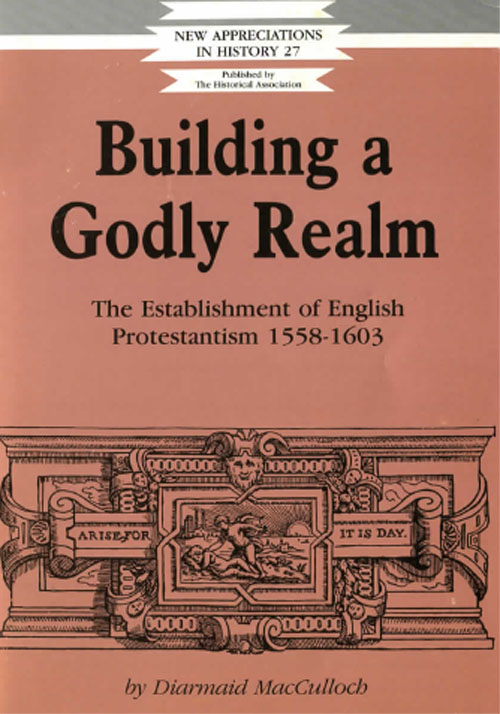The Establishment of English Protestantism 1558-1608
Classic Pamphlet

An English Reformation
The Reformation which Queen Elizabeth and her ministers created was a series of acts of state, but if we consider it only at the level of official hopes and pronouncements, we will paint a picture of hopeless unreality. For the Reformation to success, the government needed to follow up its enactments with the tedious minutiae of enforcement. It must inform and persuade as well as order; it must work to find allies and identify obstacles to its plans. Although official coercion could have formidable and cruel, Elizabeth's minister and bishops often displayed the recognition that a struggle won by persuasion is both cheaper and more effective than on own through fear.
Much recent debate about the development of the English Reformation, particularly that centred on the contrasting views of A.G. Dickens and Christopher Haigh, has sought to assess it according to two sets of polarities: from above or below?- slow or quick? Is Elizabeth's government impose its Reformation on an unwilling, apathetic populace, and was the operation a difficult on? Was there, by contrast, a ready, eager response for change, a tide of enthusiasm which the government could ride? Who got left behind, or stood aside? To provide answers to these questions is to tell a story in the episodes: first a period of struggle for change against considerable odds, with the result long in doubt, and then a period of consolidation and success.
This resource is FREE for Student HA Members.
Non HA Members can get instant access for £3.49

